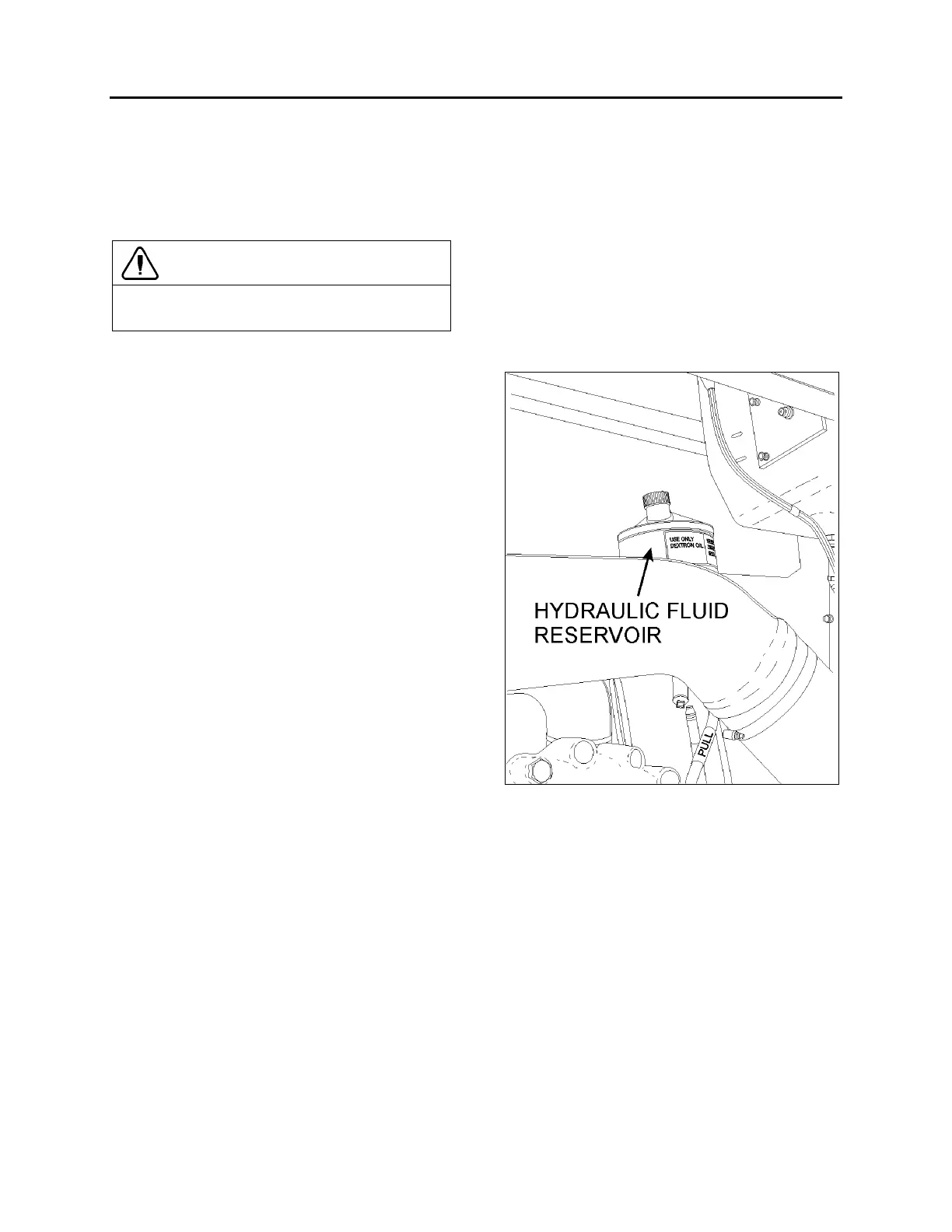Section 14: STEERING
PA1553
9
Air in the hydraulic system will cause spongy
action and noisy operation. When a hose has
been disconnected or when fluid has been lost for
any reason, the system must be bled. Bleed
system as outlined under heading 3: "Bleeding
Power Steering Hydraulic System".
CAUTION
Do not operate the pump without fluid in the
power steering fluid reservoir.
If the steering linkage between the steering gear
and the two front wheels is not properly adjusted,
or if it is bent, twisted or worn, the steering of the
vehicle will be seriously impaired. Whenever a
steering linkage part is repaired, replaced or
adjusted, steering geometry and front wheel
alignment must be checked and necessary
corrections made. Refer to section 16
"Suspension" under heading 7. "Front End
Alignment".
At regular lubrication intervals, the steering
linkage should be thoroughly inspected for worn
or loose components.
After the vehicle has been operated continually
and high mileage figures have been reached,
overhaul of the various steering units will be
required. General overhaul procedure normally
requires removal of the entire assembly, cleaning
and inspection of all parts and final assembly.
Careful inspection of all parts during overhaul is
very important and must not be neglected.
Lubrication fittings must all be cleaned before
applying lubricant. Moreover, always be sure the
equipment used in applying lubricant is clean.
Every precaution should be taken to prevent entry
of dirt, grit, lint or other foreign matter into
lubricant containers. Replace fittings that have
become broken or damaged. Lubrication
intervals, as well as the recommended lubricants
for the steering components, are given in the
"Lubrication And Servicing Schedule" in Section
24 of this manual. The intervals given in the
schedule are recommended for normal service.
More frequent intervals may be required under
severe operating conditions.
12.1 POWER STEERING RESERVOIR AND
FILTER
The power steering reservoir is located on R.H.
side of engine compartment and accessible
through the engine compartment doors. (Fig. 10).
At regular intervals, fluid level should be checked
in the reservoir and filter assembly. Furthermore,
the oil filter cartridge element in the power
steering reservoir should be replaced every
50,000 miles (80 000 km) or once a year,
whichever comes first.
12.1.1 Oil Level Check Procedure
1. Stop engine. Open engine compartment R.H.
side door.
2. Unscrew and remove the dipstick located on
top of reservoir and wipe with a clean rag.
FIGURE 10: HYDRAULIC FLUID RESERVOIR LOCATION
14044
3. Insert dipstick in reservoir. Remove it again to
check fluid level (Fig. 11).
4. Adjust level to "FULL" mark using proper
dipstick side depending on fluid temperature,
use "Dexron-IIE or Dexron-III" automatic
transmission oil.
5. Reinsert and tighten the dipstick.
12.1.2 Filter Replacement
1. Unscrew and remove the cover nut located
on top of the power steering reservoir.
2. Remove the reservoir cover and the gasket.
3. Remove the retaining spring and finally the
filter cartridge element.

